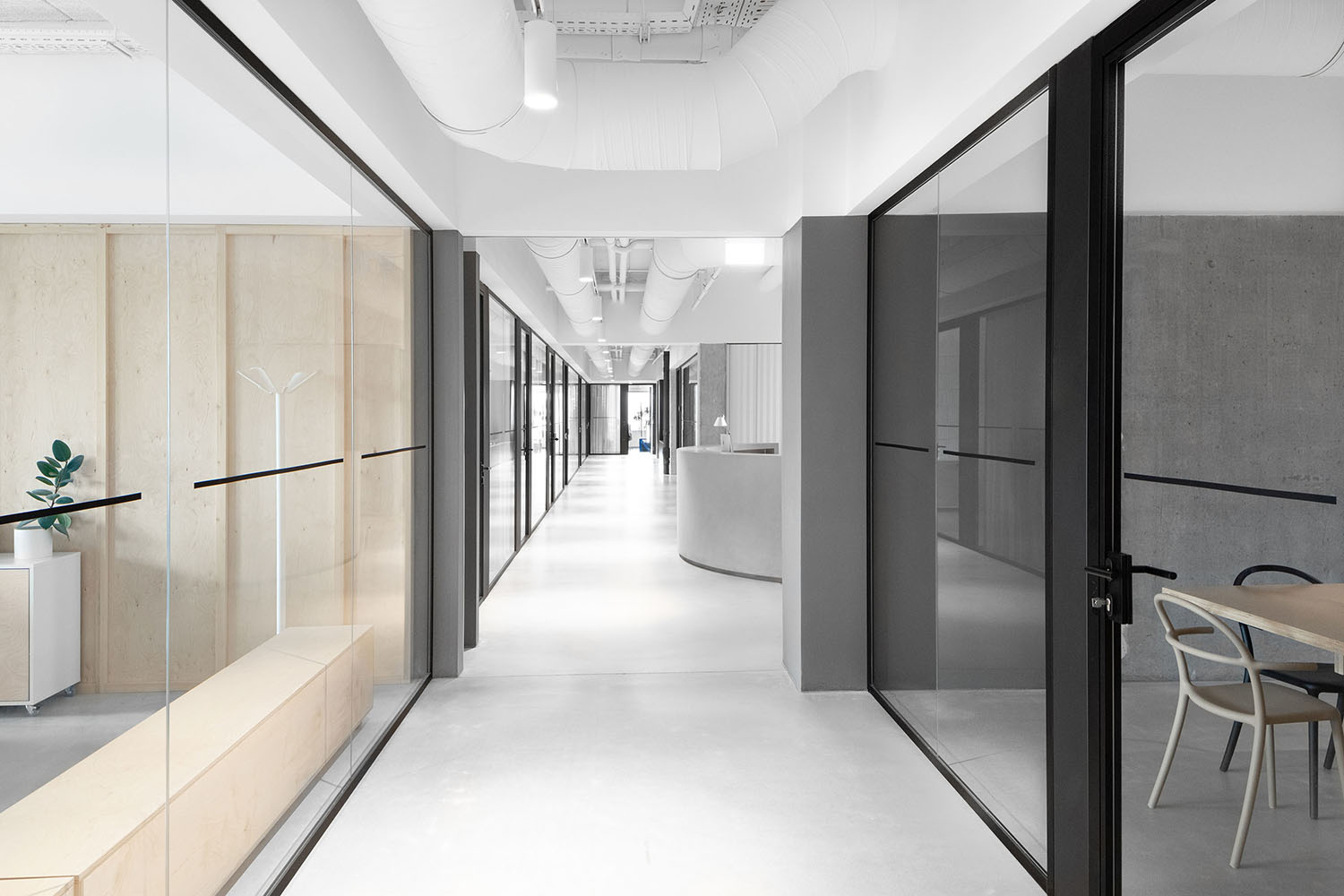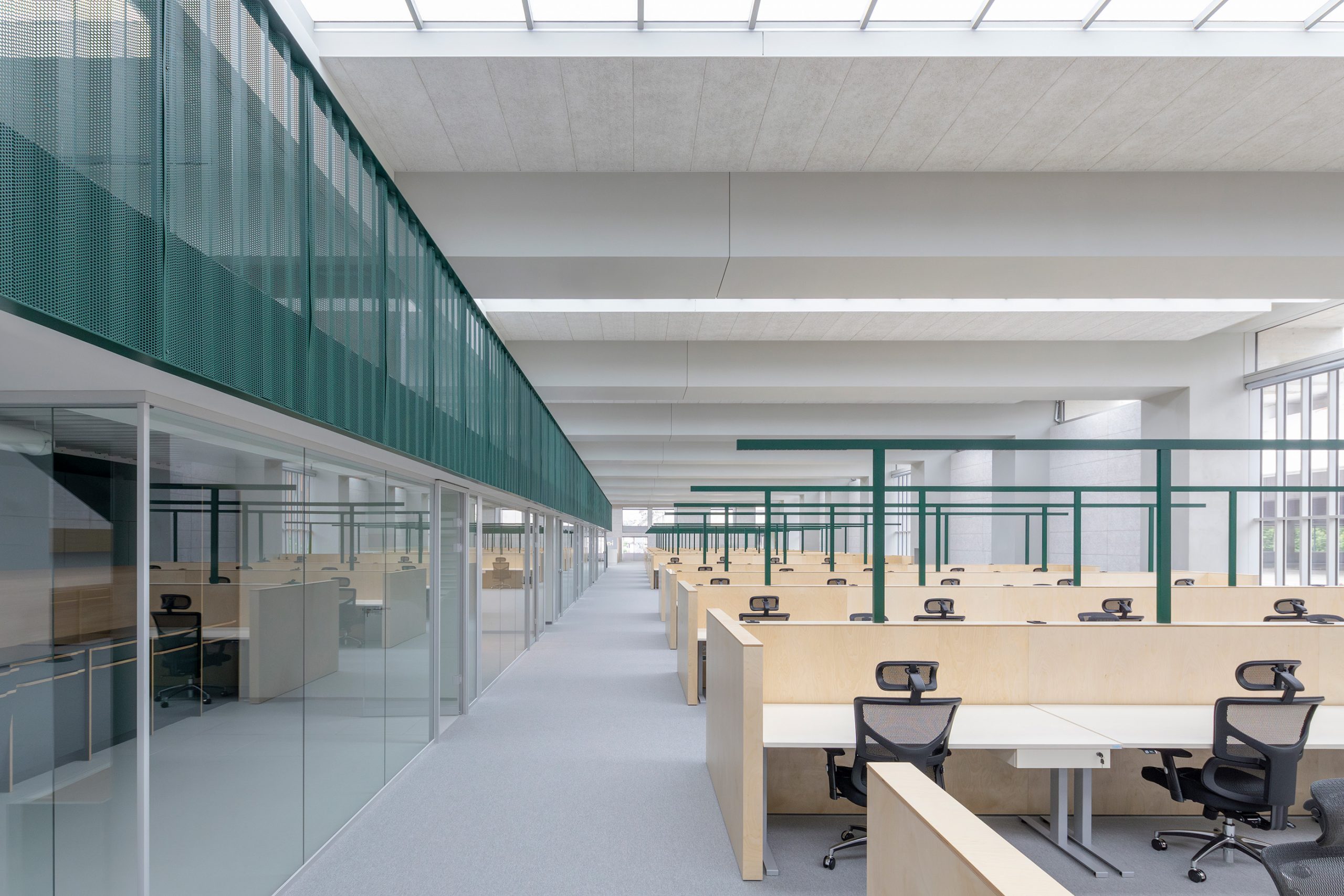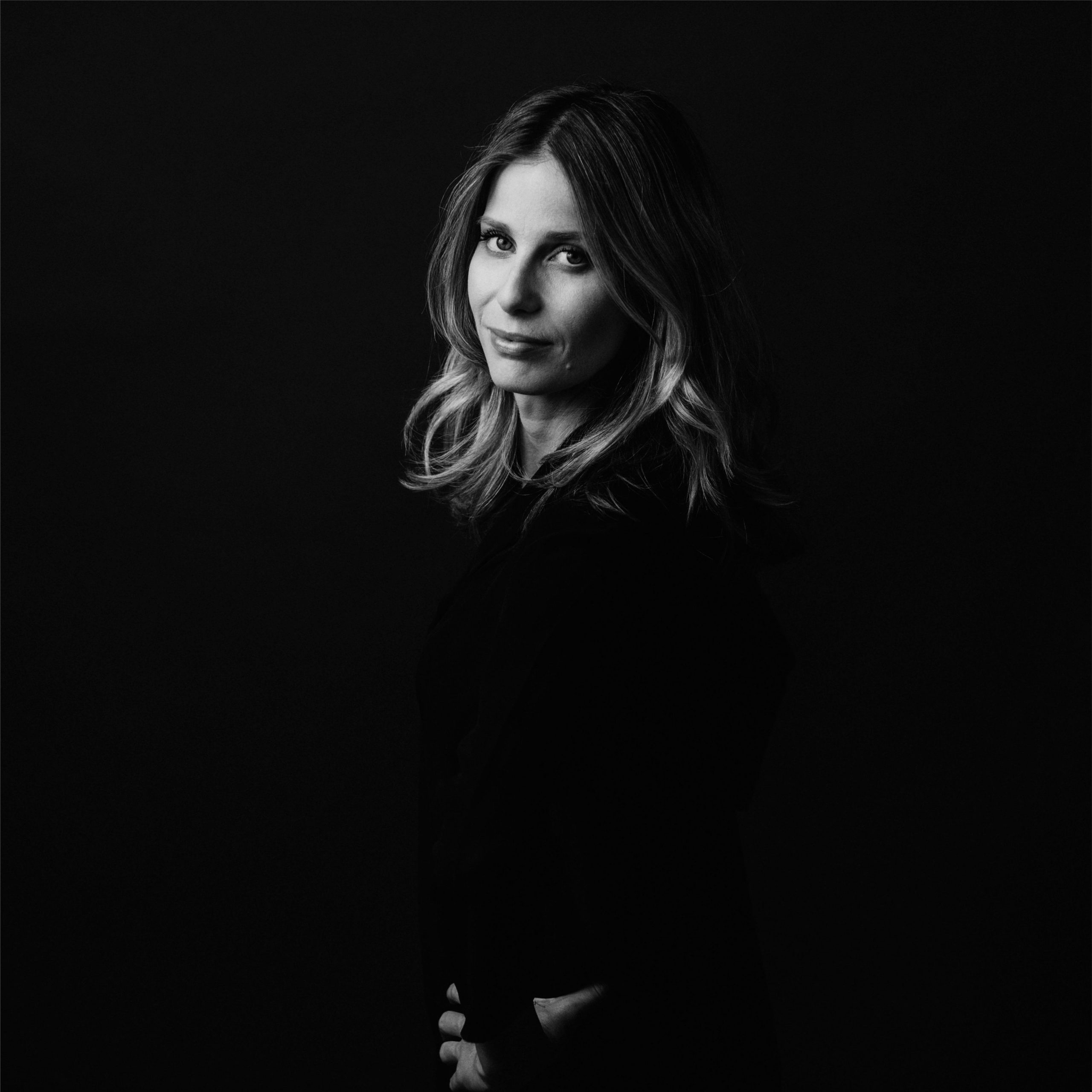Biography
ABOUT
Ana graduated from the Faculty of Architecture in Ljubljana (2012) and was an assistant professor at the same faculty in the subjects of architectural theory, criticism and history (2017-2022). She studied in Ljubljana and at the Politecnico di Milano in Italy. She was a co-founder and partner in the architectural practice Svet vmes (2010-2016). In 2017 she co-founded the architectural practice KIP. She is a contributor to Outsider magazine, where she was a member of the editorial board (2018-2020).
AWARDS OF THE SPEAKER
- Student Prešeren Award 2017 _ Student theoretical work “Breaking the inertia of reality”, under the mentorship of Assoc. Prof. Dr. Petra Čeferin (co-authorship with a group of 10 students) _1st prize _ Slovenian Design Awards (Design Month)
- Interior of the Year 2013, renovation of the common areas of the student dormitory of the Secondary Forestry and Woodworking School in Postojna, Svet vmes d.o.o. (authors: Jure Hrovat, Ana Kosi, Ana Kreč, Žiga Rošer, Hana Domijan)_1st prize
- VII Minsk International Biennale of Young Architects »Leonardo 2017«, renovation of the atrium at the Poljane Gymnasium, Svet vmes d.o.o. (authors: Jure Hrovat, Ana Kosi, Ana Kreč, Ognen Arsov, Žiga Rošer, Nejc Florjanc)
SHORT DESCRIPTION OF THE OFFICE
KIP (Kosi and partnerji) was founded in 2017 in Ljubljana by Ana Kosi and Ognen Arsov. KIP creates architecture, from objects and interiors to buildings and urbanism, from essays and dialogues to lectures and research. Our wide range of work is guided by common ideas. We create inspiring architecture that is both open and user-friendly. We work closely with our clients and co-create their spaces in dialogue with them. We are interested in the physical realisation of buildings and are present on construction sites and in workshops. We follow sustainable design principles and engage with local contractors and craftspeople. Our work constantly oscillates between intuitive, artistic creation and engineering pragmatism. Our objective is to create physical and mental spaces that create “lighthouses” in the generic fabric of the built environment, the general collective mind and people’s intimate lives. Through harmonious, thoughtful and abstract architecture, cleansed of superfluous information, we aim to break people out of the monotony of information-overloaded everyday life, to awaken their interest and stimulate new ways of thinking.
AWARDS OF THE STUDIO
Curators of Slovene Pavilion at La Biennale di Venezia, 2025 _ German Design Award – Gold Collonade 2021 _ Slovene Design Award – Best Public Interior Tehnolev 2020
PROJECTS TO BE PRESENTED DURING THE EVENT
Project #1: ISLAND OFFICES
Project #1 category: Office. Mixed-Use
The IT company’s offices are located in the heritage-protected old Mladinska knjiga printing house, originally designed by architect Savin Sever. They occupy two thirds of the aisle of the otherwise tripartite, formerly industrial building. In designing the new interior, three new galleries/islands have been placed in the open aisle of the printing house. They are set back from the existing characterful load-bearing structure, thus creating a variety of ambiences in the space, while at the same time allowing for a better use of the space. The galleries are positioned in the space according to the needs and possibilities of combining the company’s programmes. The passages between the galleries open in the line of the window openings, so that the common and open spaces are well lit by daylight, and the other work areas are also lit by natural light through ceiling luminaires. The islands are designed in a soft, organic way with maximum transparency at ground floor level. Throughout the first floor planters are placed along the edge of the islands – lush greenery in them forms one of the main elements of the ambience. The ground floor part of the islands can be completely covered with a semitransparent curtain which further softens the boundaries of the island.
Project #2: CREATIVE LANDSCAPE
Project #2 category: Office. Mixed-Use
Project #2 start year: 2022

The creative agency’s offices are located in a modern office/residential building in the centre of Ljubljana. The 80 m long and approximately 30 m wide space is divided into two parts. The office part runs along the entire glass perimeter of the building while the deep, dark centre of the area houses the agency’s common areas, communications and service areas. All the spaces flow more or less freely into each other, with no strict dividing lines between offices, common areas and communications. The creative agency’s offices are systematically designed as a large, bright and creative landscape. The system consists of several layers: 1.) the existing reinforced concrete skeletal structure with cores, 2.) uniform concrete floor, 3.) grid of white plasterboard lintels under the ceiling into which panels and walls are fixed, 4.) partition system made of raw materials (painted brick, plywood, copelite glass, glass walls, curtains, rotating corrugated sheet metal walls), 5.) unified custom-built systemic furniture, 6.) catalogue pieces of furniture as accents in the space, 7.) uniquely designed, introverted dark spaces (toilets, meeting room, lecture room) as a counterpoint to the otherwise bright, unified landscape. All the spaces in the landscape flow more or less freely into each other, with no strict dividing lines between offices and common areas. The raw industrial materials create an ambience that is “unfinished”, construction site-like, just as befits a creative agency’s need for constant reinvention.
Project #3: GENI TRADING FLOOR
Project #3 category: Office. Mixed-Use
Project #3 start year: 2024

The office space with trading floor for electrical energy is located in the listed old printing house Mladinska knjiga, originally designed by architect Savin Sever. The Gen-I premises occupy one full aisle and one third of the aisle of the tripartite architecture of the old printing house. The tall, double-height space is characterized by a uniform rhythm of concrete beams and linear, ceiling-mounted light fittings. The new interventions in the space have preserved the basic character elements of the space – rhythmicity, the perception of the building’s dimensions and natural, zenithal illumination. The new interventions only lightly touch the existing building envelope with green, dematerialized steel galleries with enclosed private office spaces bellow and above them. In the open two-storey space blocks of XL stacks of trader’s desks are rhythmically arranged in an even pattern. Above the desks, a new plane is created in the double-height space by a series of metallic, green freestanding lamps. The colours and materials in the space are chosen in the spirit of Slovenian modernism. The previously grey concrete floor has been replaced with grey carpet, the walls are clad in white fibre cement panels and the office furniture is made of dark wood and plywood – bringing warmth and contrast to the cooler greys.












